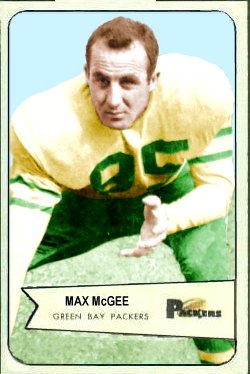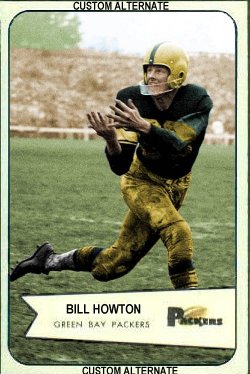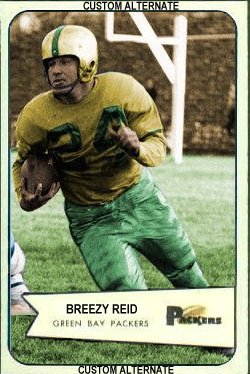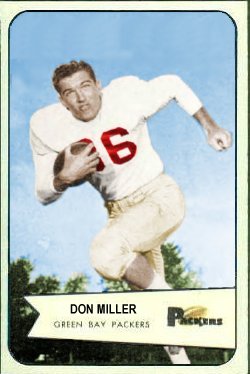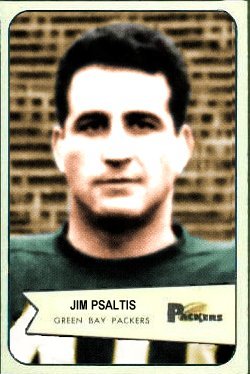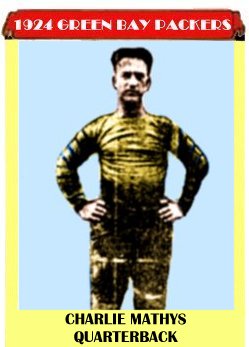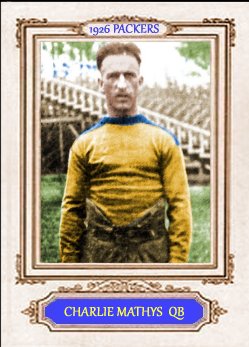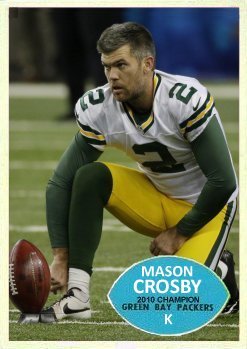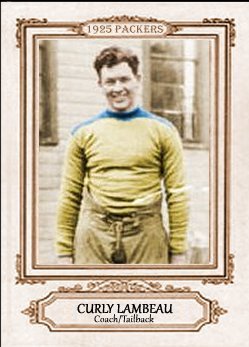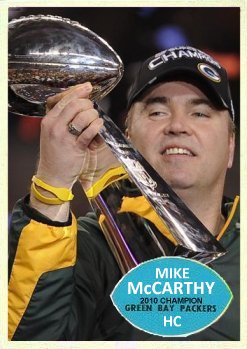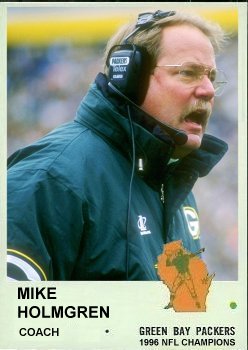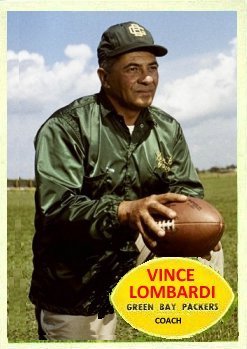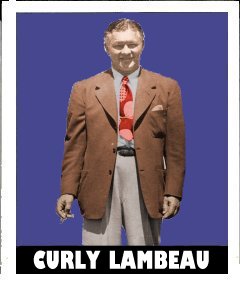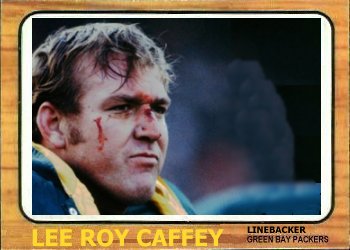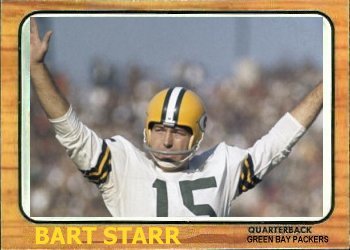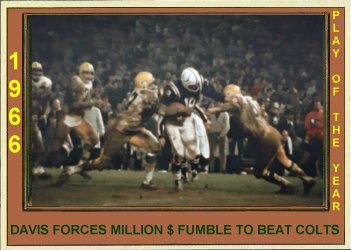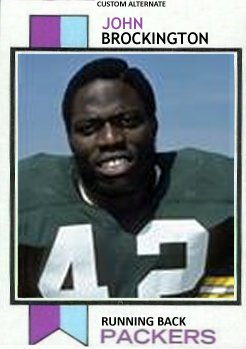This new series updating my book Packers by the Numbers continues to get off to a slow start since number three is a retired number. It was retired on November 23, 1952 at City Stadium on Tony Canadeo Day. While the number has not been worn since the publication of the book, it was worn by two players after Canadeo claimed it in 1941. Halfback Roy McKay wore it in 1944 and 1945 while Tony was in the service, and 42-year-old kicker Ben Agajanian wore it for three games at the end of the 1961 season when Paul Hornung was serving in the reserves.
Canadeo and McKay shared the number in 1944. Tony went into the military in 1944. McKay, a 1943 draft pick from Texas, was injured in the preseason and missed the first seven games of his rookie year. Meanwhile, Canadeo was furloughed for the birth of his first son and played for Green Bay on October 22 against the Rams, October 29 against the Lions and November 5 against the Bears. When Canadeo returned to active duty, McKay joined the roster for the last three games of the season wearing number three. Roy played against the Rams on November 12, Giants on November 19 and the Card-Pitt amalgamation on November 26. He also played in the title game against the Giants two weeks later and continued wearing three in 1945 while Canadeo was in the service. When Tony returned in 1946, McKay switched to 22 for the remaining two seasons of his career.
In 1944, Canadeo completed nine of 20 passes for 89 yards, ran 31 times for 149 yards and punted 13 times for a 36.8 yard average’ McKay completed six of 19 passes for 72 yards and a touchdown, ran five times for 12 yards and punted eight times for a37.1 yard average.

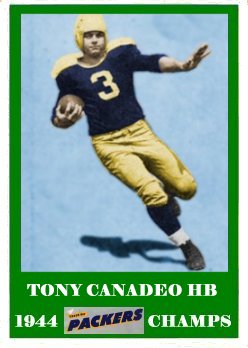
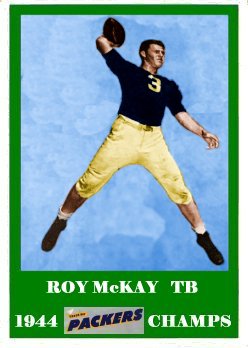
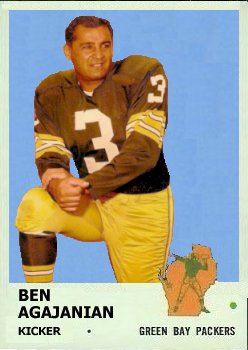
Monnett, Canadeo and McKay custom cards are colorized.

